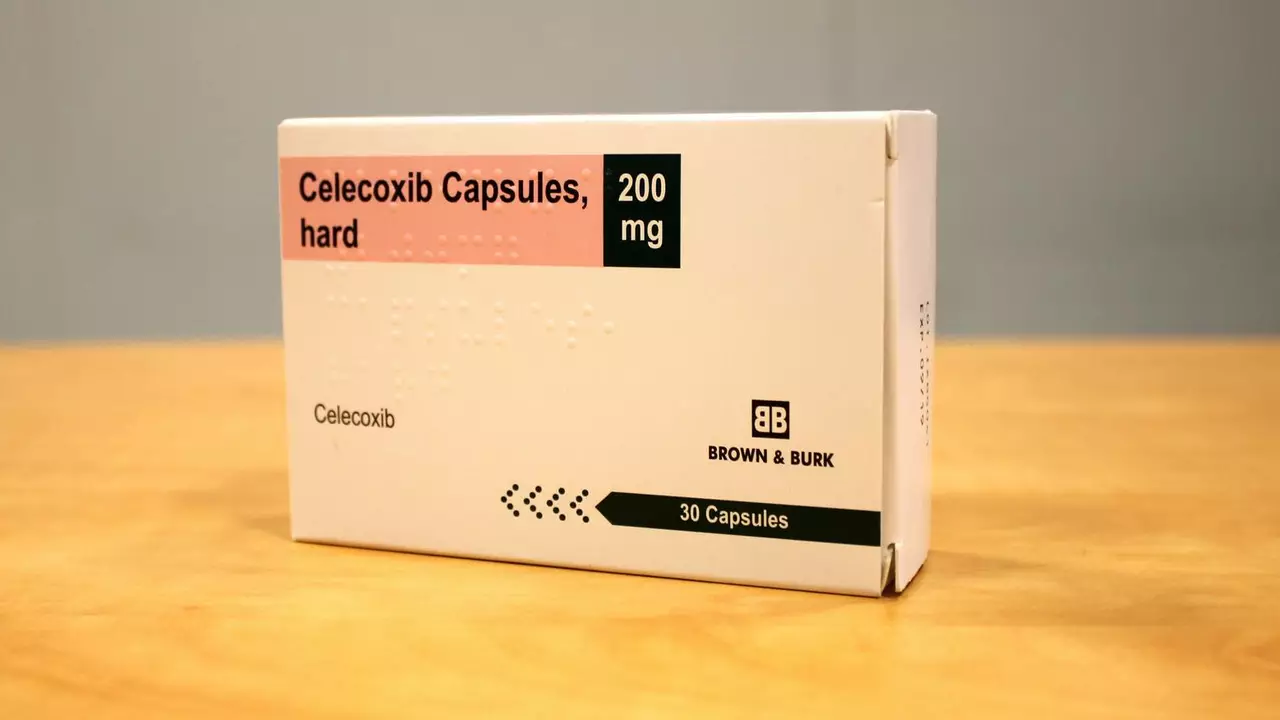Skin conditions: clear answers, quick help, and safe medicine tips
Skin problems are annoying and sometimes scary. Here you’ll find practical help for common issues—how to spot them, what usually works, and when you should see a doctor. I’ll keep it simple: signs to watch for, quick home steps, and which treatments are prescription-only so you don’t waste time or risk your health.
Quick signs and what to do first
Red, ring-shaped, scaly patch that itches? That’s often ringworm (a fungal infection). Keep the area clean and dry, use an OTC antifungal cream for a week, and see a clinician if it spreads or won’t clear.
Persistent pimples, painful cysts, or scarring acne may need antibiotics like tetracycline or hormonal treatment such as spironolactone (Aldactone). Those are prescription meds—don’t try random antibiotics without a doc. If acne suddenly worsens or leaves marks, book a visit with dermatology.
Open sores, rapidly spreading redness, fever, or pus are red flags. Those can mean a bacterial infection or something deeper; get medical care right away.
Smart treatment choices and safety tips
Topicals first: many mild fungal and bacterial skin problems respond to creams or gels. Match the medicine to the problem—antifungals for ringworm, antiseptics for mild bacterial breaks, and medicated shampoos for scalp issues.
When pills are needed: tetracyclines (for acne and some skin infections) and spironolactone (for hormonal acne in women) are common. These work well but need monitoring for side effects. Ask a clinician about interactions and whether blood tests are needed.
Avoid steroids unless a prescriber says so. Topical steroids can make fungal infections worse and hide how bad a problem is.
Want to buy meds online? Pick licensed pharmacies, require prescriptions, and avoid prices that look too good to be true. If a site won’t show its license or asks you to skip a prescription, walk away.
Prevention is cheap and effective: don’t share towels or razors, wash clothes in hot water when someone in the house has a fungal infection, keep skin dry in folds, and treat pets if they’re the source. For acne, stick to gentle cleansing, avoid heavy oily products, and don’t pick at lesions.
Relevant articles on this tag you might find useful:
- Ringworm Symptoms, Causes, and Treatment
- Tetracycline: Uses, Side Effects, and Safe Antibiotic Practices
- How to Buy Aldactone Online Safely
- Best Over-the-Counter Alternatives to Prednisone for Inflammation Relief
- Boost Your Health with Apple Cider Vinegar (tips for skin use)
If you’re unsure what you’re dealing with, take a clear photo and show it to a clinician—telehealth can be a fast first step. For anything spreading fast, painful, or causing fever, get urgent care. Skin issues are common, but the right fix depends on the exact problem—so match symptoms to treatment and keep safety first.

Celecoxib and skin conditions: What you need to know
- by Colin Edward Egan
- on 26 Jul 2023
In my latest blog post, I took an in-depth look at Celecoxib and its potential impact on skin conditions. Celecoxib, commonly used as a pain reliever for conditions like arthritis, has also been linked to certain skin conditions. While it's generally safe, some people may experience side effects such as rash and itching. It's crucial to consult with a healthcare professional before starting or stopping any medication like Celecoxib. Remember, everyone's body responds differently to medication, so it's important to stay informed and take steps to maintain your overall skin health.
